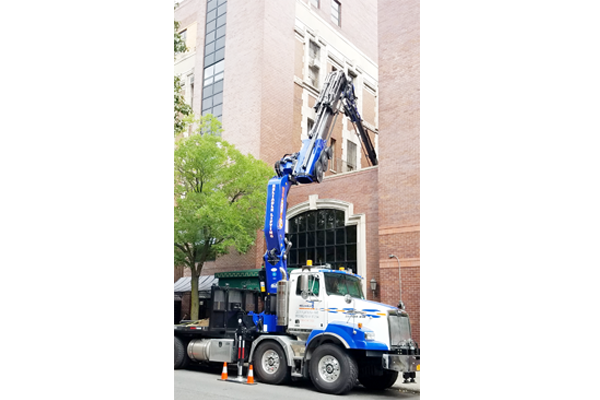
How to plan a proper crane lifting job?
September 13, 2016In answer to the question, What is rigging?, it is commonly used when an object needs to be moved from one location to another. It often refers to the actual connections between the object and the crane or other object used to move it. Because of the weights and unique situations involved, rigging has many restrictions and rules that need to be followed for safety purposes.
Rigging Has Many Rules
There are many rules concerning rigging and the equipment that can be used in it. Objects can only be moved by a specially licensed supervisor. The primary reason for this is because of the potential harm that can be brought to an employee, and the damage that can occur to the equipment.
The Equipment Used Must Be Carefully Chosen
The licensed supervisor will also be the one who will determine what rigging equipment is to be used. This means that the supervisor will also select the cables, cranes, and other devices used to lift and move the object.
Once the lifting and load limits are taken into consideration of the crane and of the cables used, it will also be necessary to inspect the equipment. Faulty or damaged equipment can lead to serious problems, especially if the weight of the object is close to the load limits.
The type of cables and how it will be connected to the object to be moved must also be selected carefully. There is mathematics involved, and hooking it up the wrong way can lead to a failed move – and to damage or injury.
The Licensee May Need to Be Present
The person authorizing the move of the equipment, the licensee, may need to be personally present under some circumstances. Otherwise, the licensee chooses the equipment and grants a supervisor authority to make the move using the designated equipment.
When there is equipment, objects, or roads or walkways beneath the objects path when it is to be moved, the licensee must also be physically present. Communication between the licensee and the supervisor must be constant during the move. The licensee must also be present when the object weighs more than 1,200 pounds.
Special Rigging Considerations
Moving heavy objects from one elevation to another, or from one surface to another carries with it some risk. The risk is increased greatly if the object is fragile, flammable, or if there is a wind, or clearance problems. Other problems occur if the object to be moved is about 95 percent of the crane’s capacity.
Sling Capacities
There are also special rules for the use of slings. These are cables or ropes that are used to lift the object. The rules reveal what kind of damage a sling may have before it cannot be used, such as five broken wires in a single rope strand, etc. These rules are also very important because damage to a sling may mean the load gets dropped because the sling breaks.
The question, What is rigging?, has been answered above, as it would largely apply to industrial equipment. However, the term may also apply to cables or ropes used in a ship’s mast, or a system of pulleys and ropes used to move heavy objects.
Rigging Company NYC
2071 Flatbush Ave, Suite 44
Brooklyn N.Y. 11234
(718) 414-1103

